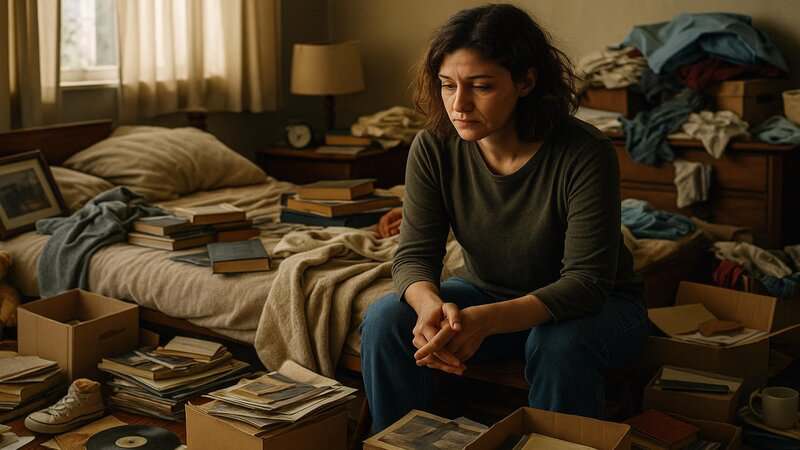Our homes often mirror our inner worlds, filled with objects that carry memories, meaning, and emotions.
It’s rarely just about the “stuff”—it’s about what those things represent: comfort, security, or moments we can’t let go.
This attachment can quietly grow, sometimes leading to overwhelming clutter or even hoarding.
Understanding this complex relationship with possessions is the first step in unraveling the deeper forces at play.
As we explore the path from hoarding to healing, we discover that the journey isn’t just about clearing space—it’s about rediscovering ourselves.




















